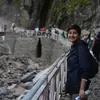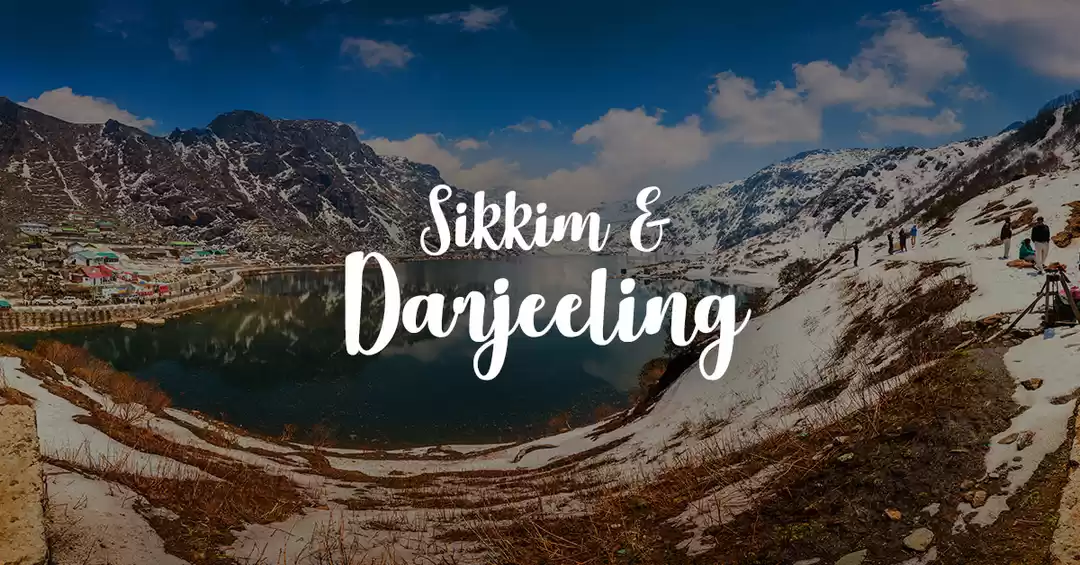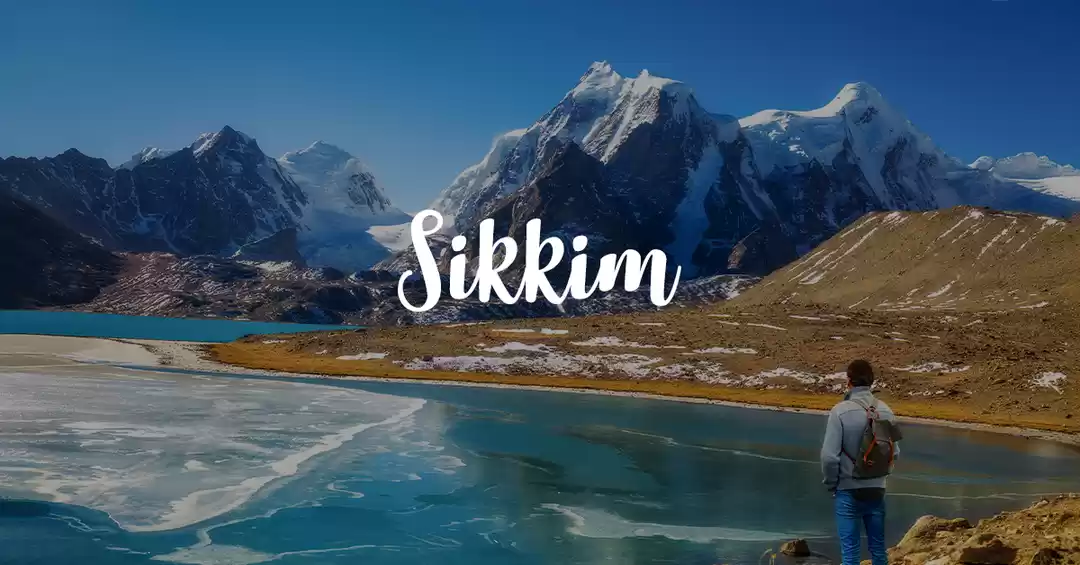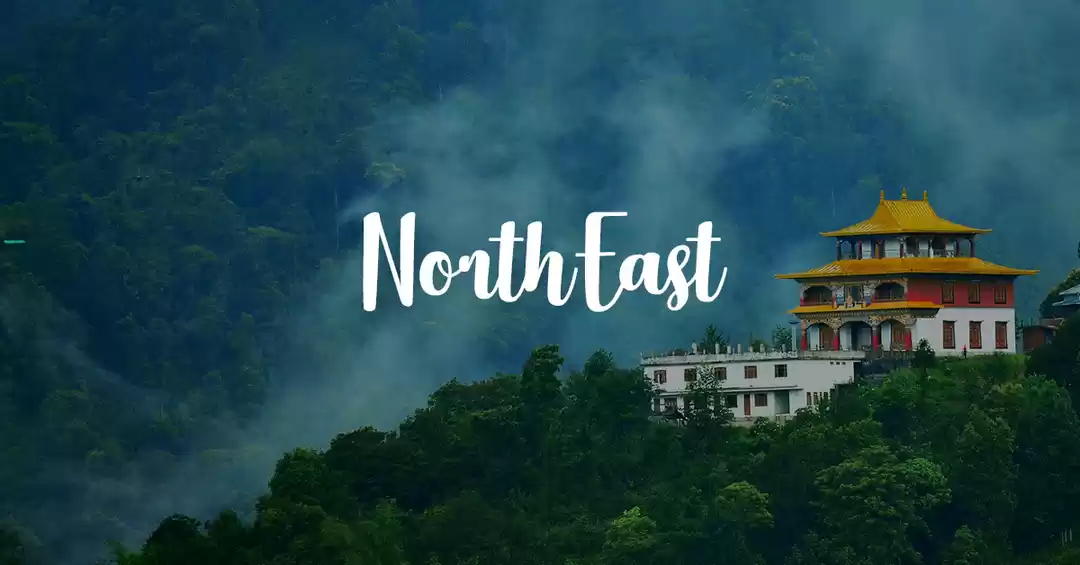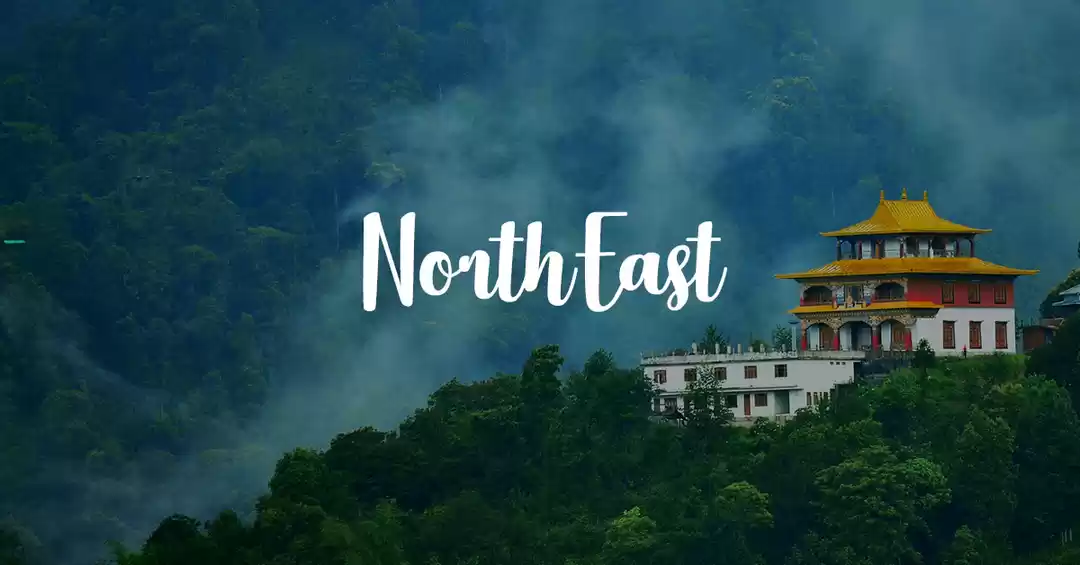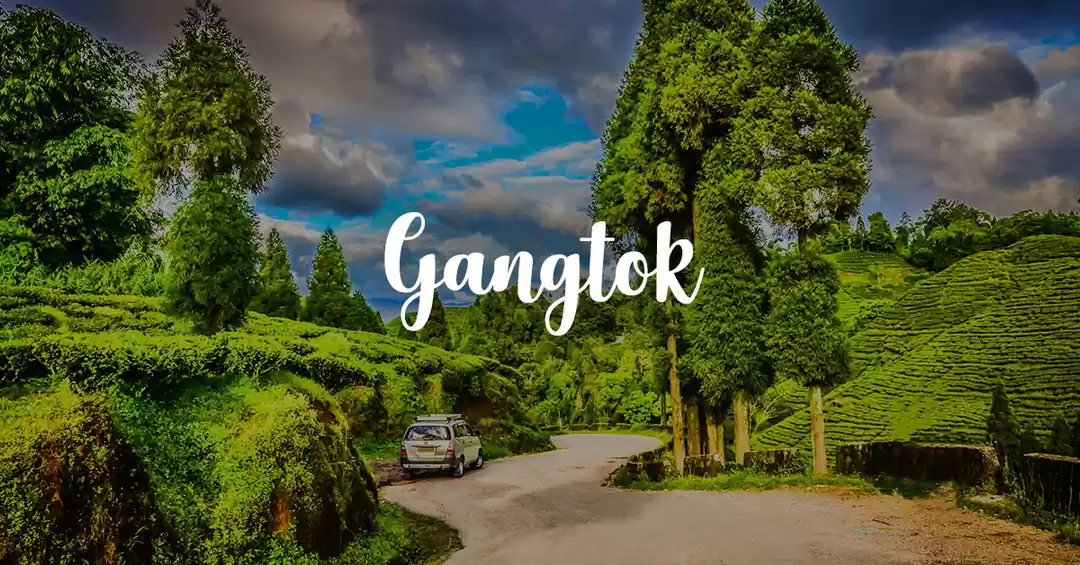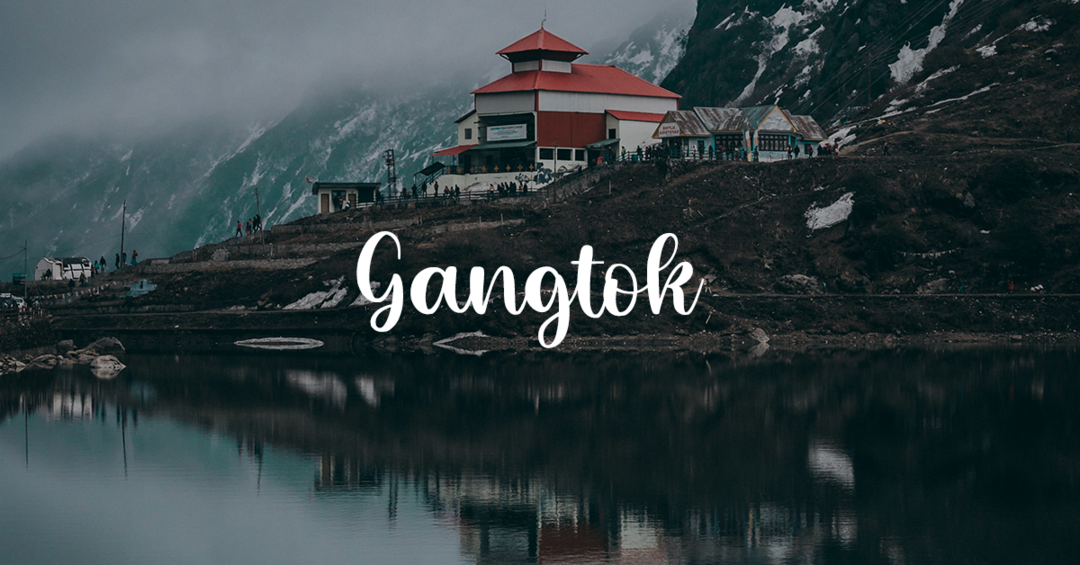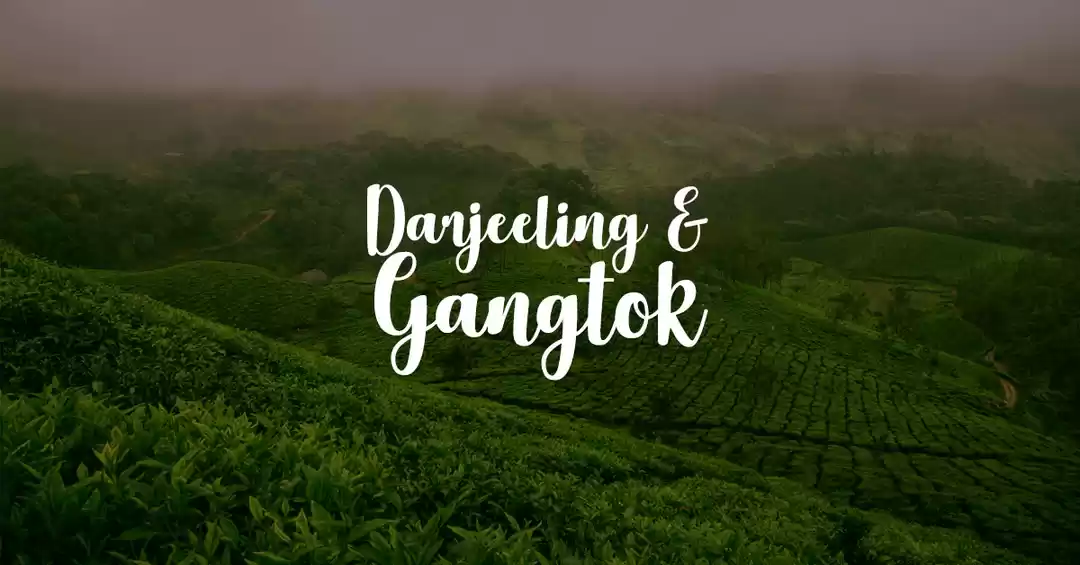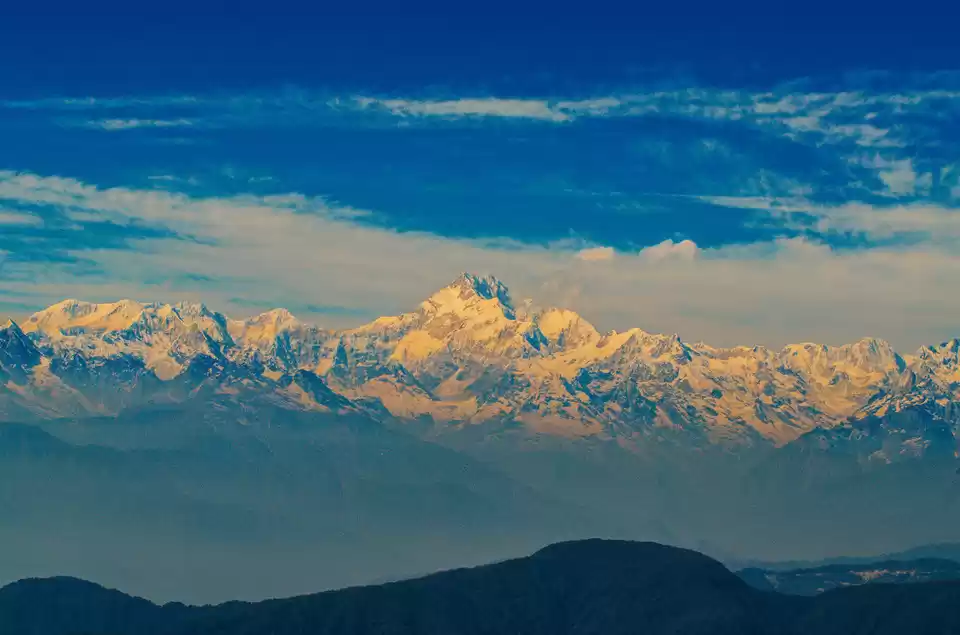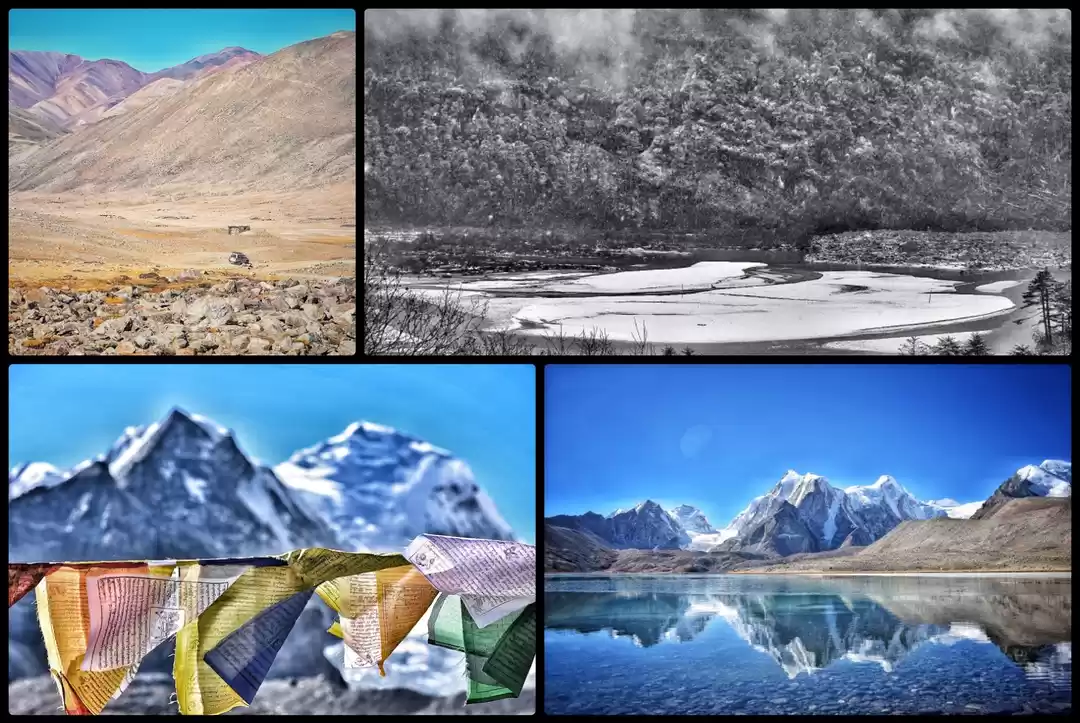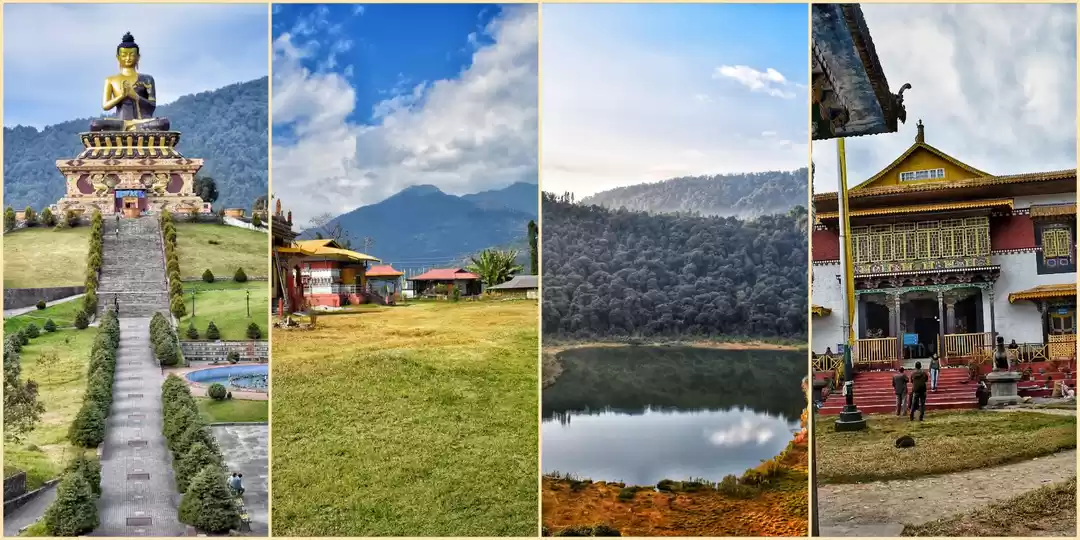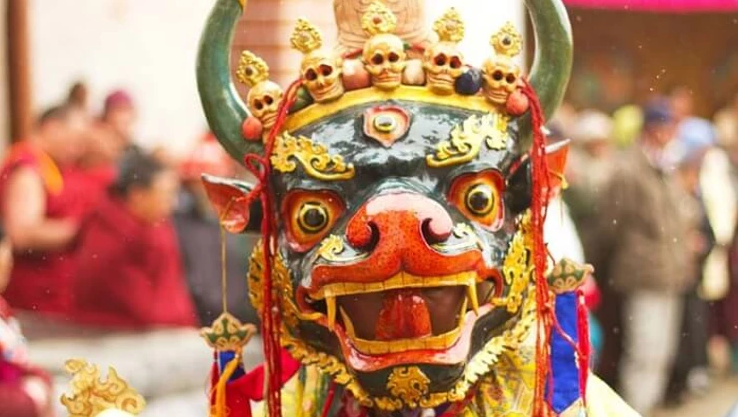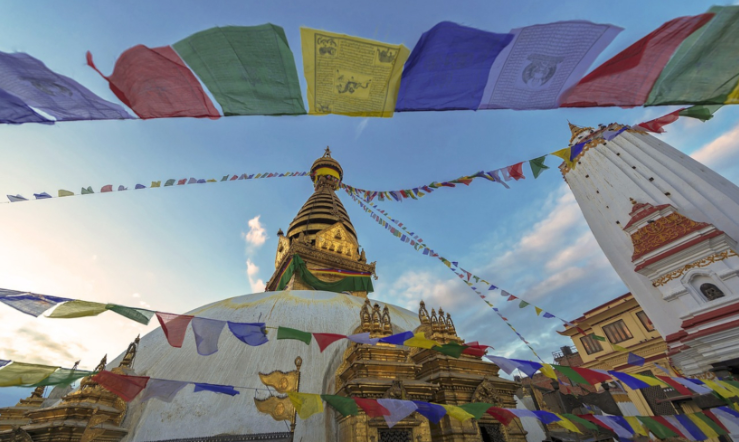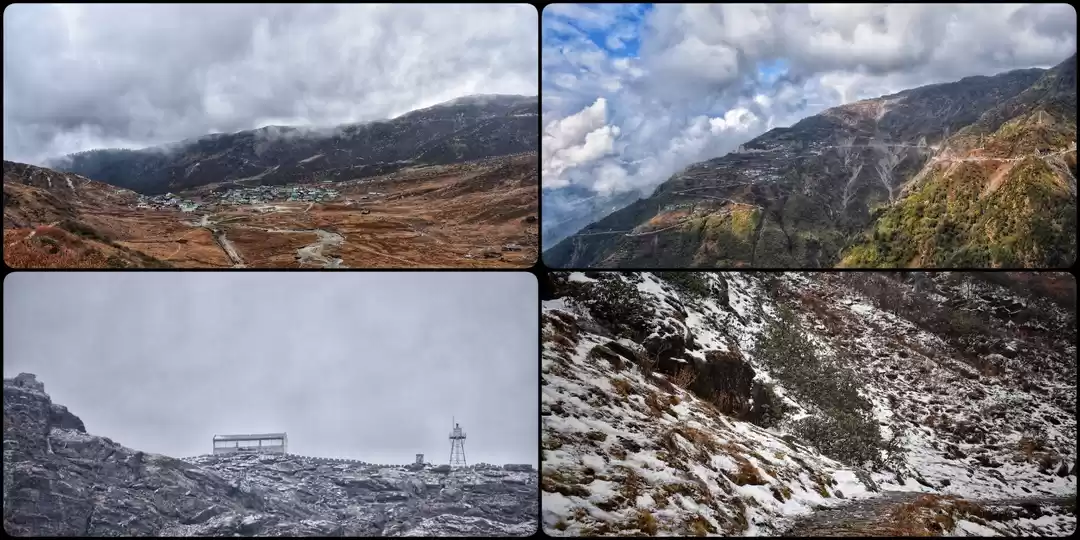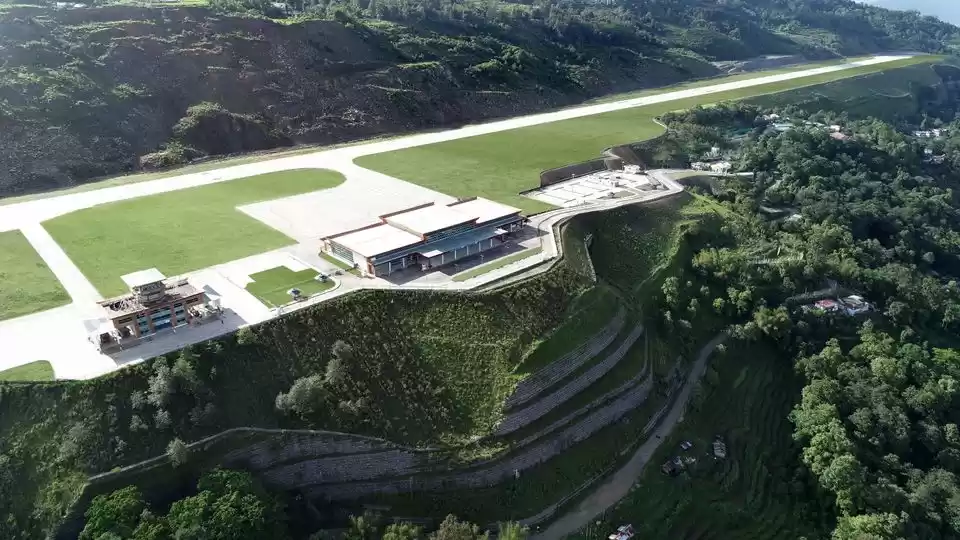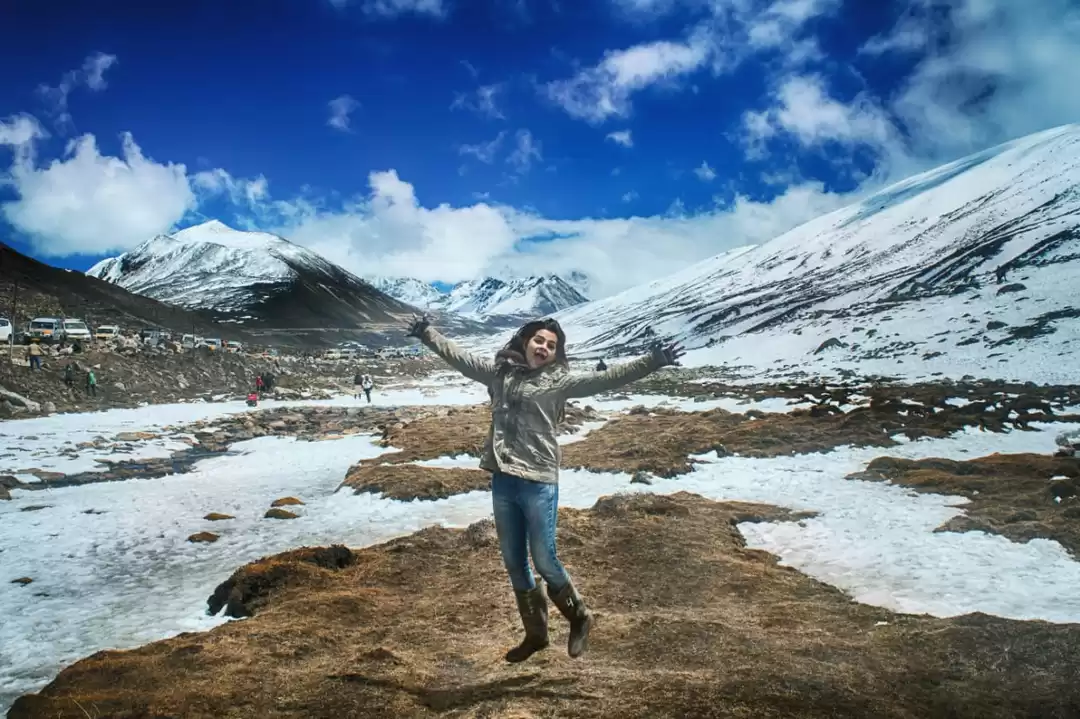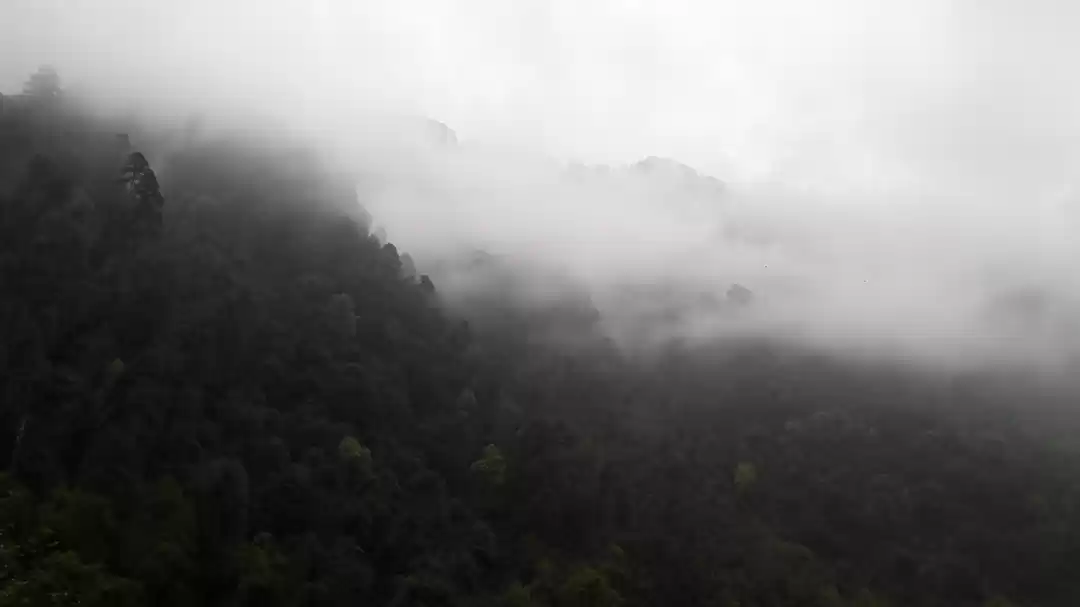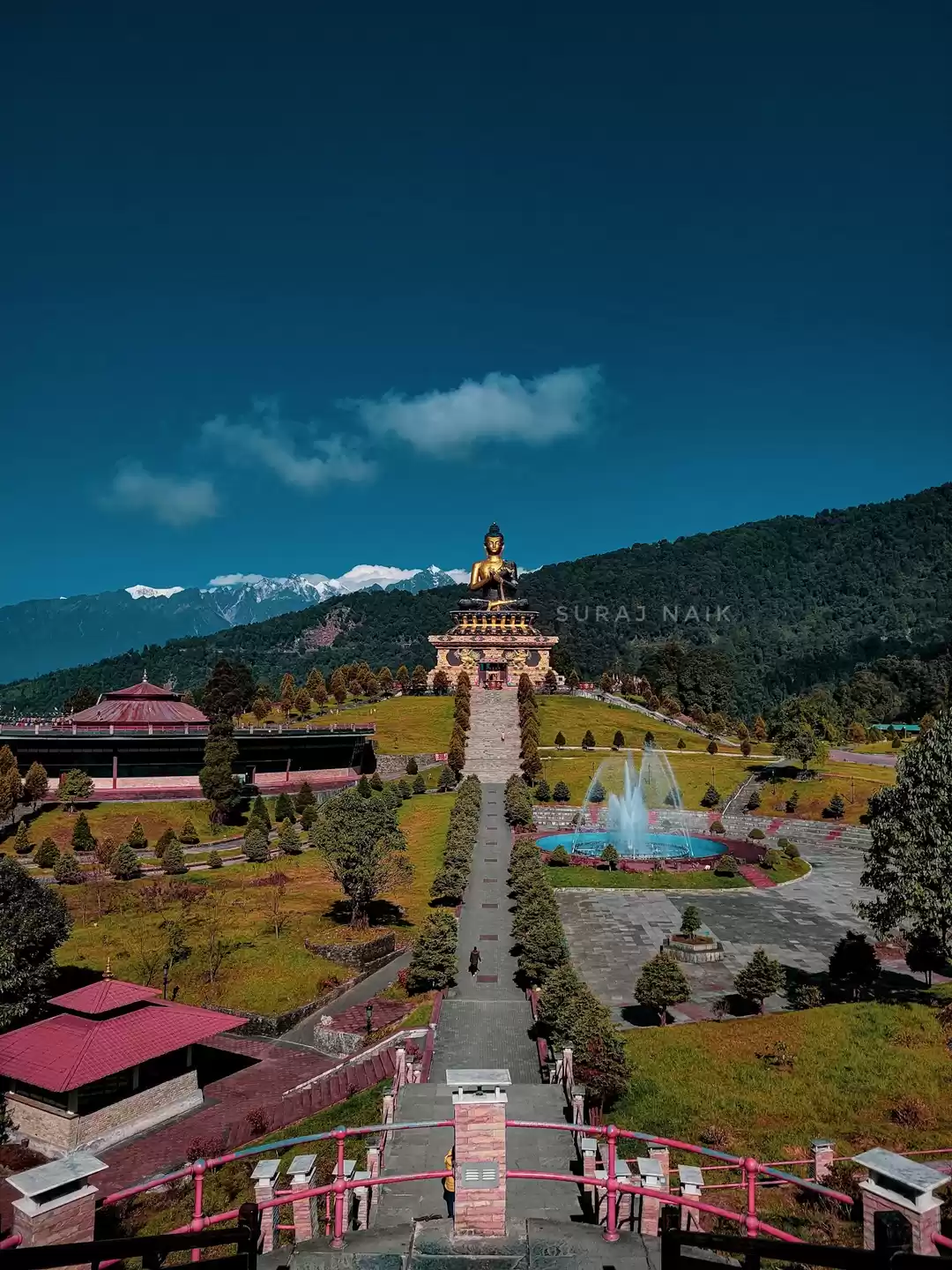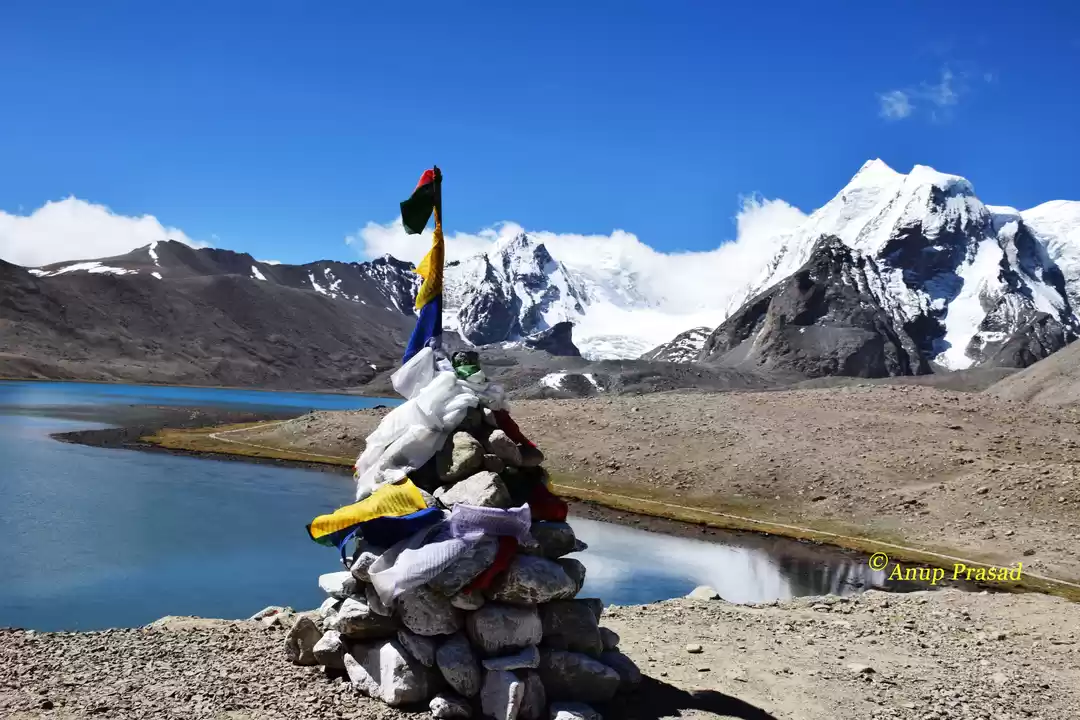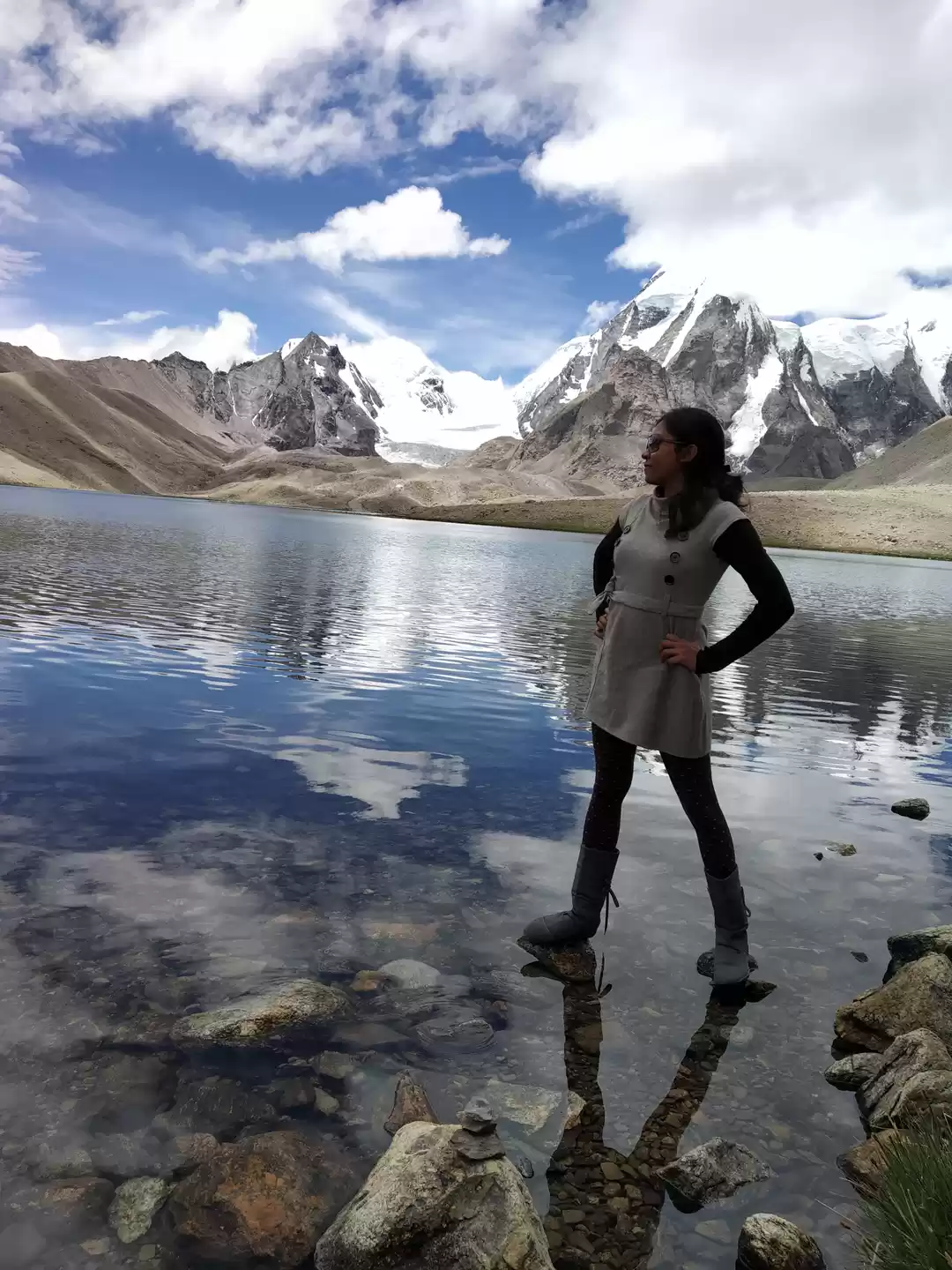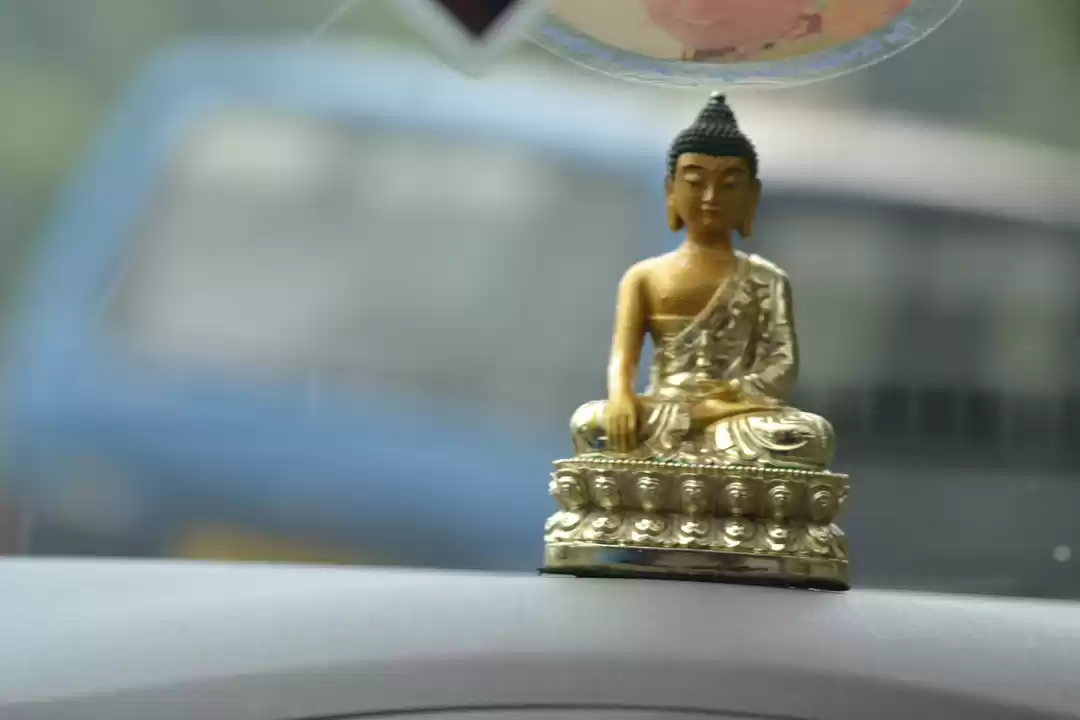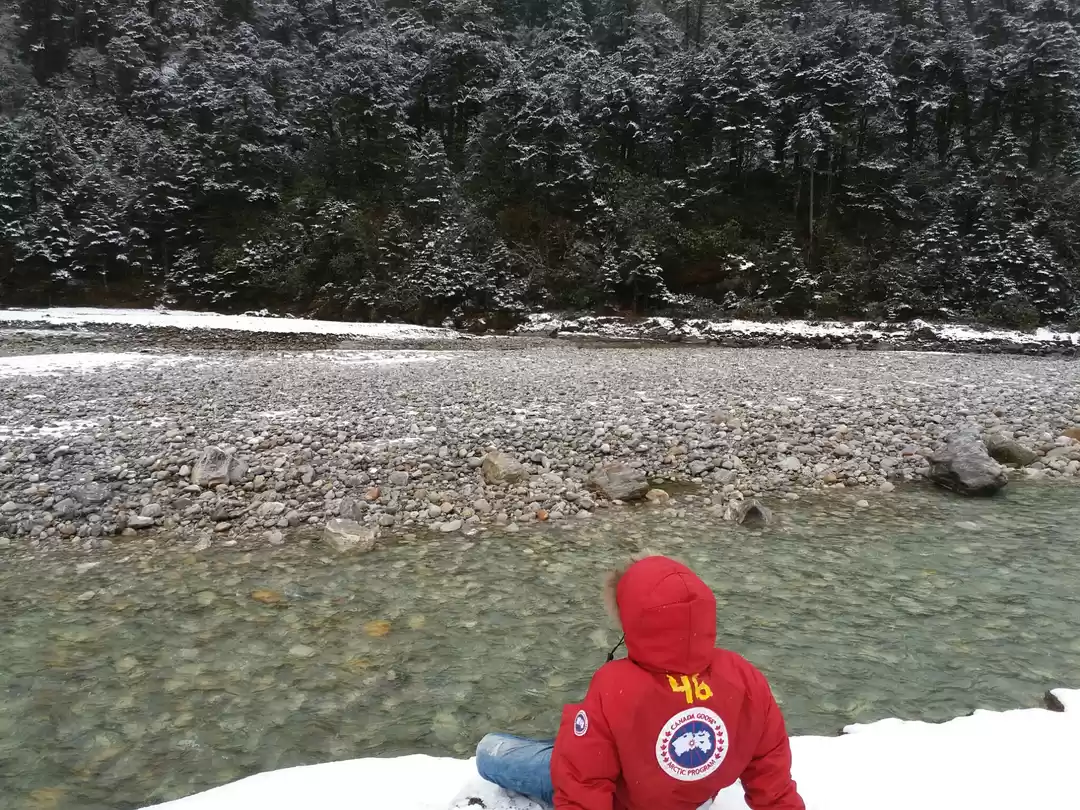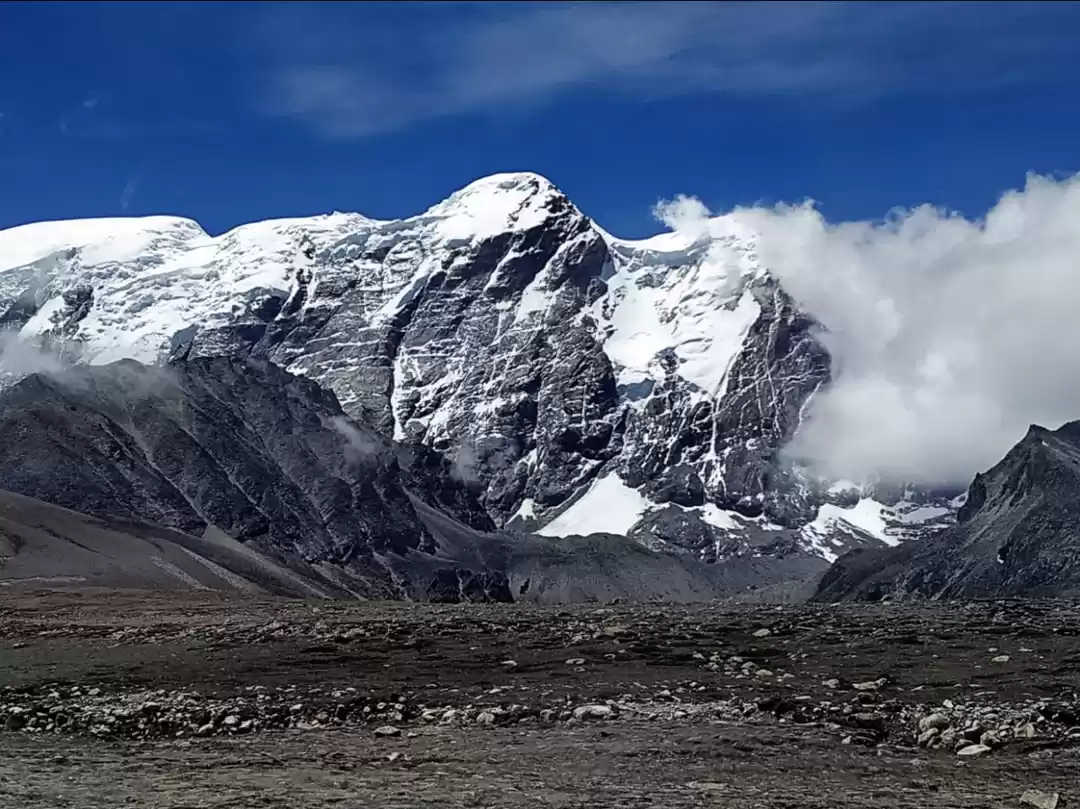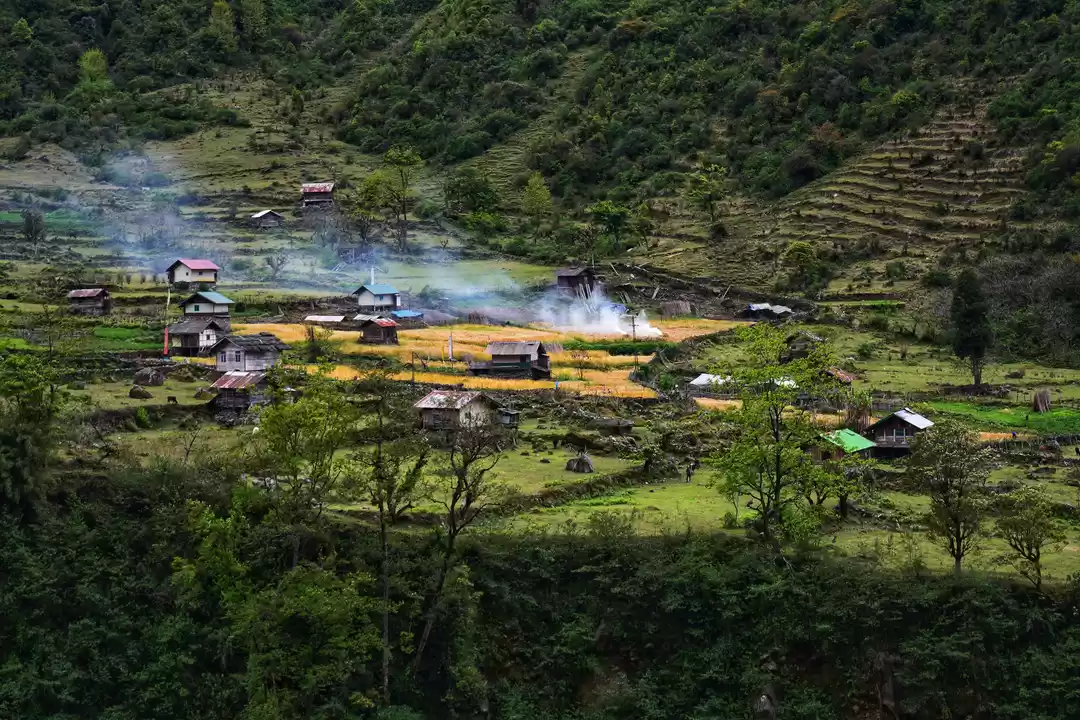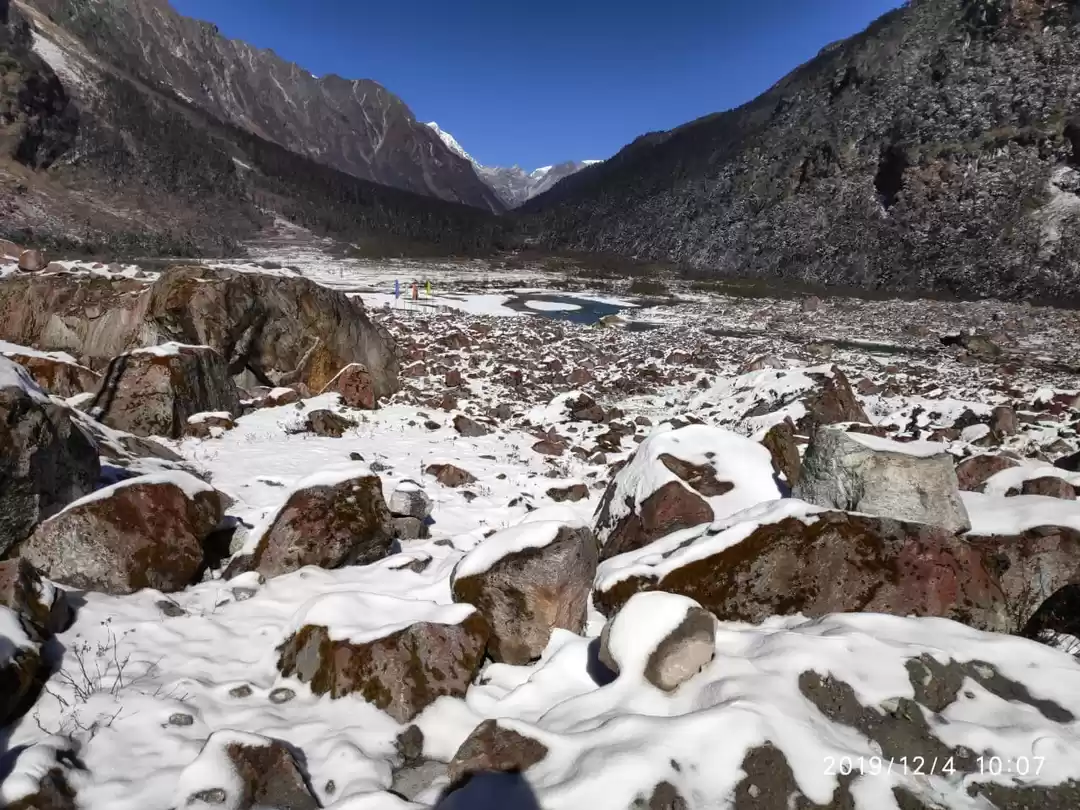For me travelling has mostly been about discovering the safeguarded secrets of a place through conversations. These conversations are often with the locals and sometimes with fellow travellers who come up with fascinating trivia on driving past a new town or citing a stunning river or visiting a religious spot. This is how I stumbled upon some of the most fascinating places to visit in Sikkim.
On my last trip to North Sikkim during early December in 2017, I happened to travel with some insightful locals and a curious set of travellers who unearthed some fascinating facts about this state during casual conversations inside a 4*4 Bolero. On this 6-day road trip from Gangtok to Gurudongmar Lake via Lachen, Lachung and Yumesangdong, we came across the most appealing places to visit in Sikkim as well as some interesting trivia that made for great conversations on this road trip.

Below are some of the best places to visit in Sikkim along with some trivia:
If you're a first-timer in Gangtok, it's impossible to not get impressed looking at the clean streets.
On the first day we travelled from Bagdogra Airport to Gangtok and naturally, the city left everyone quite impressed. It's not just the capital city that upholds these standards of cleanliness but also the far flung villages in the North Sikkim District where we travelled during the coming few days. Sikkim is India's first open-defecation free state and it's high time other states take some lessons from this little hill state.
Some impressive local statistics discussed on our way from Gangtok to Lachung
The locals who joined us on this journey told us how Sikkim is now a fully organic state that has set an example for other states across India in terms of sustainable development. After the recent ban on vegetables from the import of vegetables into the state, it has taken a step forward in becoming completely self-sufficient in food grains, dairy, poultry and meat by 2020.
Moreover, the state will have a hundred percent literacy rate by next year and as travellers we can see all these changes improving livelihood of the people of Sikkim.
Driving through Kabi Lungchok, the site of the Blood Brother Treaty
Just a short drive away from Gangtok, on our way to North Sikkim District, we stopped at Kabi Lungchok. It's a famous spot among the locals where Lepchas, the ethnic tribals of Sikkim and Bhutias, immigrant tribe from Tibet that settled in Sikkim signed a 'Blood Brother Treaty' in the 14th century. The treaty was signed by Tibetan King, Khye Bumsa and Lepcha Chief Thekong Tek. Life-sized statues of the two blood brothers has been erected as a mark of respect.


Did you know that Gangtok is Sikkim's fourth capital?
On the second day of the road trip we stopped at Labrang Palden Phuntsok Monastery in Tumlong which makes for one of the most peaceful places to visit in Sikkim. During a long chat with the monks sitting outside the Gompa we were told that not Gangtok but Yuksom was the first capital of the Kingdom of Sikkim which was later moved to Rabdentse in 1670. The Labrang monastery was constructed in the 18th century after the capital was shifted by the Namgyal dynasty rulers from Rabdantse to Tumlong where the Labrang Monastery stands. Gangtok was not made the capital of Sikkim until 1894.


The Cardamom capital of India, Mangan
The town of Mangan is the headquarter of Sikkim and on stopping here we were made privy to the fact that this small town is the cardamom capital of India and is one of the most scenic places to visit in Sikkim. The alpine state is India's hub of large cardamom farming and temperate climate at this altitude provide optimum condition for the farming of large cardamom. Believe it or not, this state contributes up to 89% of the total produce of the large cardamom in India.
Anti-dam movement of the Lepchas to save the dying Teesta River
On this journey we were driving alongside the meandering Teesta and it was impossible not to notice dying river due to the dams constructed along the way. Teesta was once considered one of the most beautiful places to visit in Sikkim. We were told that growing number of locals communities have been protesting against the rampant construction of dams along the Teesta. The Lepcha community of the state has been in the forefront of this protest. While statistics claim that Northeast India can be the future powerhouse of the country, the indigenous communities of Sikkim do sense the threat it will pose to their land if the course of Teesta is diverted more.

What do the words 'Lachen' and 'Lachung' mean?
Like us, if you're a visitor in the North Sikkim region, you would take sometime to not intermix the names of the two major towns Lachen and Lachung in the North Sikkim. The words 'Lachen' and 'Lachung' mean small and big passes of the north. Road that starts from Gangtok bifurcates at Chungthang. One goes to Gurudongmar via Lachen and the other one takes you to Yumthang via Lachung, thus the two towns stand at strategic location near the Indo-China Border.
Did you know that Sikkim Has It's Own Valley Of Flowers
Yumthang Valley, that lies at an altitude of 11800 feet, is known as the Valley of Flower of Sikkim and we spend the third day of the trip exploring this valley. Yumthang valley, one of the most charming places to visit in Sikkim, is located in the North Sikkim District and is home to the Shingba Rhododendron Sanctuary. It boasts of more than 24 different varieties of rhododendrons that bloom during the months of April to May. To add to the beauty of this valley, the Yumthang Hot Springs are just a short drive away from the valley and on your visit travellers can visit both the places on a one day tour.

Community of Lachenpas and Their Own Legal System
Lachen was our stopover for the fourth day on this road trip and our homestay owner gave us some trivia about the ways of Lachenpas, people of Lachen who are of a unique Sikkimese Bhutia tribe. In the early times, the village was inhabited only during winters when the yak herders of Lachen would return after spending summers in the alpine pastures in the border of Tibet.
The community is now well settled in this village and in fact continues the tradition of an uncommon legal system known as Dzamsa where a Pipon is the head of the village who takes important decision regarding the village affairs.

The multiple use of Yak meat and skin as seen during the trip
On the way to Gurudongmar Lake from Lachen, we came across several groups of people distributing Yak meat among friends and family. Our driver informed us that collecting Yak meat is basically a preparation for Losar, Tibetan New Year which will be celebrated soon.
During our trip, we had noticed various forms of Yak meat preserved at the homestay we stayed in. Drying, fermentation and smoking are among few ways in which meat is traditionally preserved for several months without refrigeration on the ceiling of the houses. The fat on the Yak meat is separated, kneaded by hand and dried almost in every household in these regions of North Sikkim. The skin is also used as upholstery for furniture within the household.
These places to visit in Sikkim had us taking home memories as well as souvenirs. Now that you're armed with everything you need to know for a great trip to the scenic region, pack your bags, book your tickets and get going!


Have you been to North Sikkim? Tell me about the interesting stories and new places that you explored on your visit in the comments section below or share your own story from the interesting new places you have visited.
Frequent Searches Leading To This Page:-
places to visit in sikkim in april, places to visit in sikkim in 3 days, top places to visit in sikkim, places to visit near sikkim, best places to visit in sikkim and darjeeling, places to visit in sikkim for honeymoon

